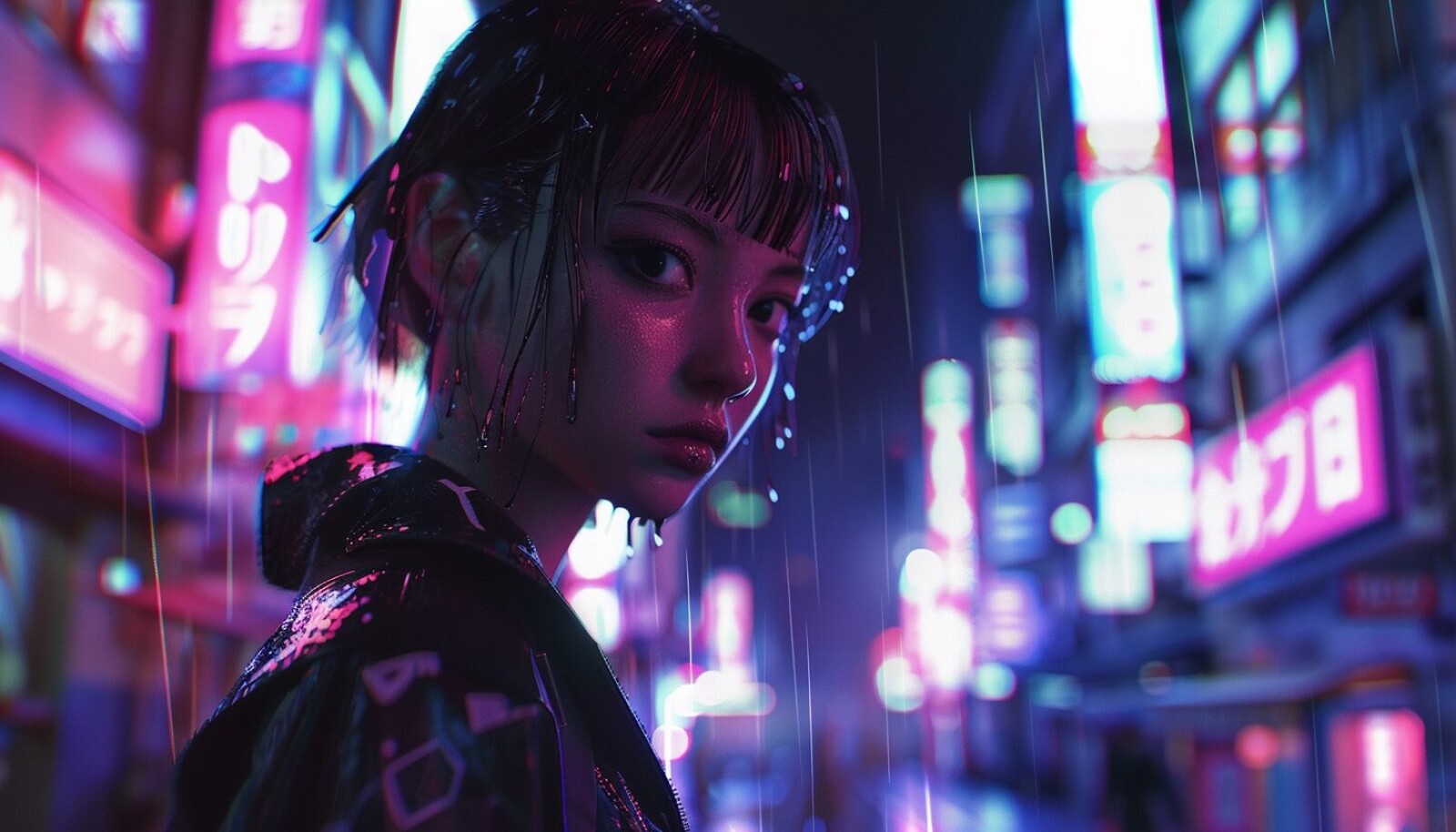
Emma Defichain
Unlocking Wealth: How NFTs Are Empowering Artists Like Never Before

The advent of Non-Fungible Tokens (NFTs) has heralded a new era in the art world, offering unprecedented opportunities for artists and collectors alike. Unlike traditional forms of art commerce, NFTs provide a unique digital certificate of ownership, ensuring that each piece of digital art is one-of-a-kind. This revolution is empowering artists by giving them more control over their work, enabling direct sales to collectors, and creating vibrant communities around shared interests.
The Financial Empowerment of Artists
One of the most significant impacts of NFTs is the financial empowerment they offer to artists. Traditionally, artists have had to navigate a challenging and often opaque art market, where intermediaries such as galleries and auction houses take significant commissions. NFTs eliminate these intermediaries, allowing artists to sell directly to their audience. This direct-to-collector model ensures that artists receive a larger share of the proceeds from their work, fostering a more equitable system.
Moreover, NFTs incorporate smart contracts that can be programmed to pay artists royalties on secondary sales. This means that artists continue to earn from their work as it changes hands, providing a sustained revenue stream that was previously unattainable in the traditional art market.
Creating and Trading NFTs: A New Frontier
Creating an NFT involves “minting” a digital asset on a blockchain, a process that secures its uniqueness and ownership. Platforms like OpenSea, Rarible, and Foundation have simplified this process, making it accessible even to those without extensive technical knowledge. Artists can upload their digital artwork, set the terms of sale, and reach a global audience within minutes.
For collectors, buying an NFT is akin to purchasing a limited-edition print or a rare collectible. The blockchain ensures the provenance and authenticity of each piece, mitigating the risk of counterfeits. This transparency builds trust in the market, encouraging more people to invest in digital art.
Building Communities and Fostering Collaboration
NFTs are not just about individual sales; they are about building communities. By owning an NFT, collectors often gain access to exclusive memberships, events, and collaborations with other artists and collectors. This sense of community can lead to greater collaboration and innovation within the art world.
For instance, artists like Leo Krajden and Abel Vargas have leveraged NFTs to fund their projects, such as the Cactus Seed NFT, which supports their Cactus World TV show, video game, and metaverse. These projects illustrate how NFTs can be used to create entire ecosystems around a piece of art, offering both financial and communal benefits.
The Role of Technology in NFT Art
The intersection of technology and art is where NFTs truly shine. Artists with skills in 3D modeling, virtual reality, and digital animation are particularly well-positioned to take advantage of this medium. Platforms like Unreal Engine and Blender provide the tools to create stunning digital works that can be minted as NFTs, pushing the boundaries of what is possible in art.
As highlighted by industry experts, NFTs are transforming the visual effects (VFX) industry. VFX artists can now create and sell their digital creations directly, bypassing traditional studios and gaining greater control over their work. This shift is democratizing the industry, allowing more artists to participate and succeed.
Challenges and Considerations
Despite the many benefits, there are challenges associated with NFTs. The volatility of the cryptocurrency market can impact the value of NFTs, making it a risky investment for some. Additionally, the environmental impact of blockchain technology, particularly the energy consumption associated with minting and trading NFTs, is a concern that the industry is actively addressing.
Furthermore, the market is crowded, and standing out requires a unique concept or significant marketing efforts. Artists must be prepared to invest time and resources into building their brand and engaging with their audience.
NFTs represent a paradigm shift in the art world, offering artists new ways to monetize their work and engage with collectors. By providing financial empowerment, fostering communities, and leveraging cutting-edge technology, NFTs are redefining what it means to create and own art in the digital age. As the market continues to evolve, it will undoubtedly present new opportunities and challenges, but the potential for positive impact on artists and the broader creative community is immense.
By supporting NFTs, collectors are not just investing in digital assets; they are investing in the future of art itself, ensuring that creators receive the recognition and financial support they deserve. As this exciting frontier expands, it will be crucial for both artists and collectors to navigate the space thoughtfully, embracing the possibilities while addressing the challenges.













